Retro Replay Review
Gameplay
Panthers in the Shadows delivers a deeply strategic experience rooted in its hex‐based war simulation mechanics. The core of the game unfolds across a detailed hex map, where every movement, firing order, and support request must be meticulously planned. Players spend the first phase issuing orders, followed by an execution phase that breaks down into airstrike, artillery, surprise fire, defensive fire, and movement segments.
(HEY YOU!! We hope you enjoy! We try not to run ads. So basically, this is a very expensive hobby running this site. Please consider joining us for updates, forums, and more. Network w/ us to make some cash or friends while retro gaming, and you can win some free retro games for posting. Okay, carry on 👍)
The game’s complexity shines through its use of granular combat calculations. Each machine‐gun salvo is resolved shot by shot, and line of sight considers vegetation, lighting, and even lingering smoke. This level of detail rewards players who appreciate war sims that model real‐world factors like cover and visibility rather than relying on abstract damage values.
Order delays introduce an additional layer of realism and tension. Commands originate at the task force headquarters, trickle down to battalion HQ, and finally reach individual units. Meanwhile, morale plays a critical role: shaken troops may surrender or panic, while high spirits can turn the tide with aggressive assaults. Whether you’re coordinating carpet‐bombing runs or planning an amphibious landing, timing and chain of command are paramount.
Beyond the five scripted WWII scenarios, Panthers in the Shadows offers standalone “Attack,” “Defend,” and “Encounter” modes. In Attack mode, you must push your forces to the enemy’s baseline, while Defend reverses that objective. Encounter mode sees both sides vying for ground control, creating a dynamic tug‐of‐war. Each mode provides unique tactical puzzles that keep veteran wargamers engaged.
Graphics
While Panthers in the Shadows forgoes flashy animations, its visual design caters to fans of traditional hex‐and‐counter wargames. The battlefield consists of color‐coded hexes representing terrain types—forest, open field, urban areas—each affecting movement and line of sight. Unit icons are simple yet distinct, allowing you to quickly identify infantry, armor, and artillery formations at a glance.
The user interface relies on multiple windows for statistics, unit details, and customization settings. Although these windows may feel dated compared to modern HUDs, they are logically organized and provide immediate access to critical information like unit strength, morale, and supply status. Tooltips and info panels ensure you never have to guess the effectiveness of a chosen action.
For many players, the absence of real‐time combat animations might initially feel like a drawback. However, the text‐based battle summaries are concise and informative, detailing hits, misses, and suppression events in real time. This approach keeps the focus squarely on strategy rather than spectacle, appealing to those who prioritize decision‐making over audiovisual flare.
Story
Panthers in the Shadows doesn’t feature a narrative campaign with cutscenes or character arcs; instead, its “story” emerges from historical WWII scenarios. You’ll command forces in five distinct theaters, including a Normandy invasion scenario that captures the chaos of D‐Day landings. Each scenario is grounded in historical disposition and force composition, lending authenticity to every order you issue.
Rather than scripted dialogue, the game’s narrative unfolds through the outcomes of engagements. Reinforcements arriving on turn five can shift momentum, while a well‐timed airstrike can decimate an enemy strongpoint. The ebb and flow of battlelines create emergent stories of heroic stands and crushing defeats—moments you’ll recount long after you close the hex grid.
Aside from the set scenarios, the skirmish modes let you craft your own strategic scenarios. Whether you prefer the manic advance of Attack mode or the careful defense of your bastion, you can tailor the battlefield size and initial force dispositions. This flexibility allows you to reenact historical engagements or invent entirely new ones, keeping the game’s narrative potential fresh.
Overall Experience
Panthers in the Shadows is a niche title designed for hardcore strategy enthusiasts who appreciate depth over dazzle. Its steep learning curve demands patience: mastering combat phases, juggling delayed orders, and managing morale can be challenging at first. Yet once you internalize its systems, the game becomes a satisfying puzzle of cause and effect.
Replayability is a strong suit—between varied WWII scenarios and custom skirmish modes, no two battles play out the same. The absence of animated combat ensures that turn resolution is swift, allowing you to stay immersed in tactical planning rather than waiting through lengthy action sequences. If you relish rapid turn‐based play and data‐driven outcomes, you’ll find plenty to love here.
In the end, Panthers in the Shadows stands out as a pure wargaming experience. It may not cater to those seeking cinematic presentation or beginner‐friendly tutorials, but for dedicated simulation fans, it offers an uncompromising and richly detailed battlefield arena. Your success will hinge on strategic foresight, efficient use of combined arms, and the ever‐present fog of war that lurks in every hex.
 Retro Replay Retro Replay gaming reviews, news, emulation, geek stuff and more!
Retro Replay Retro Replay gaming reviews, news, emulation, geek stuff and more!

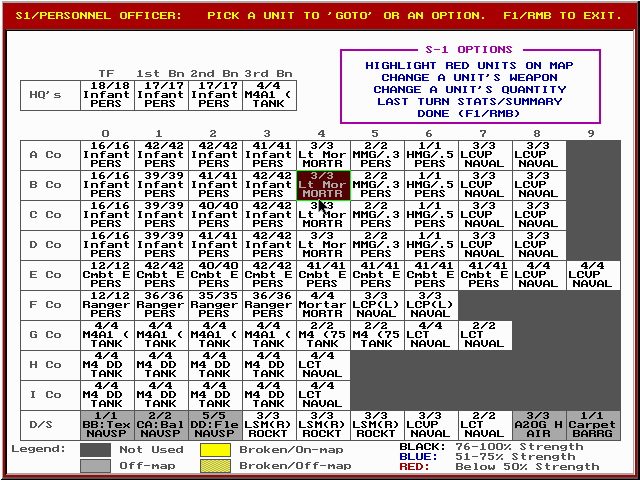
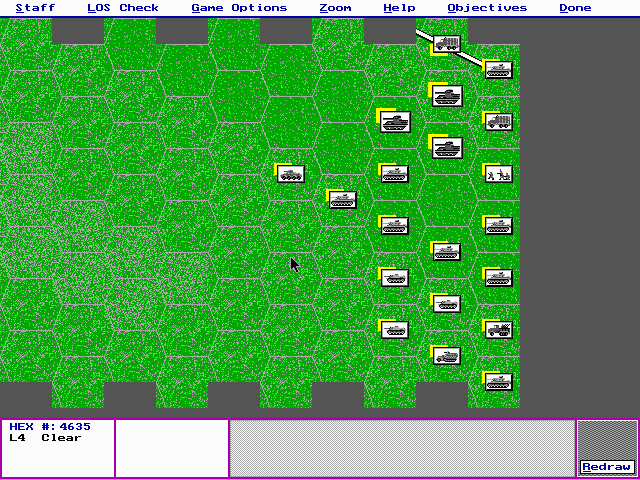
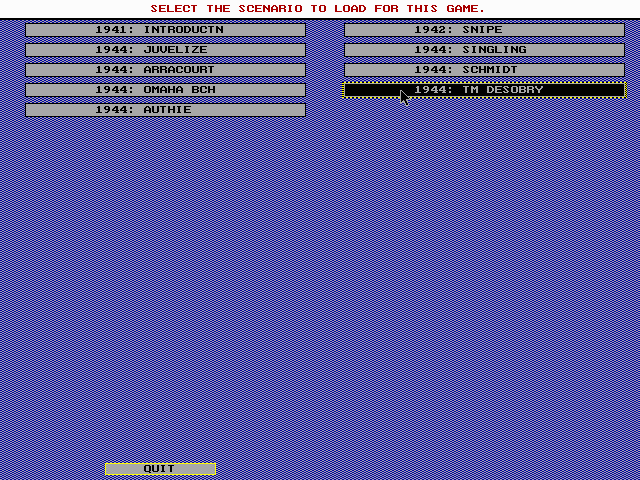
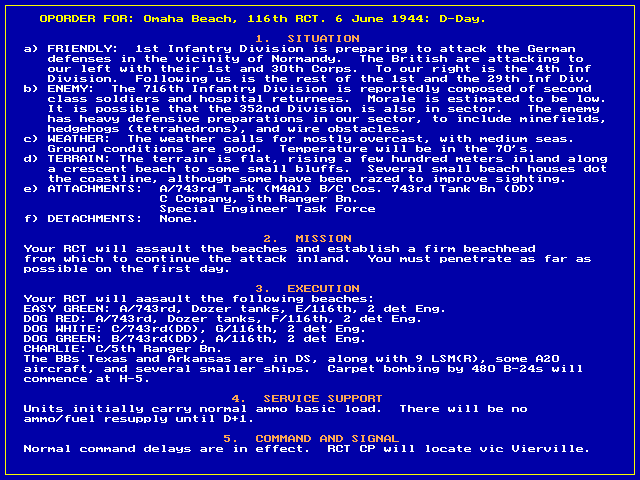
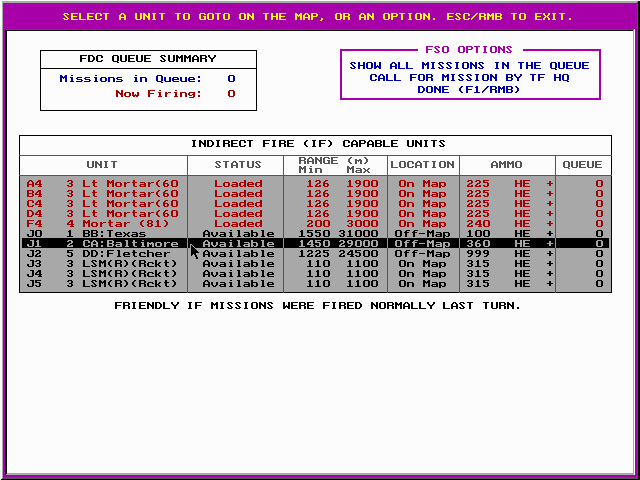



Reviews
There are no reviews yet.